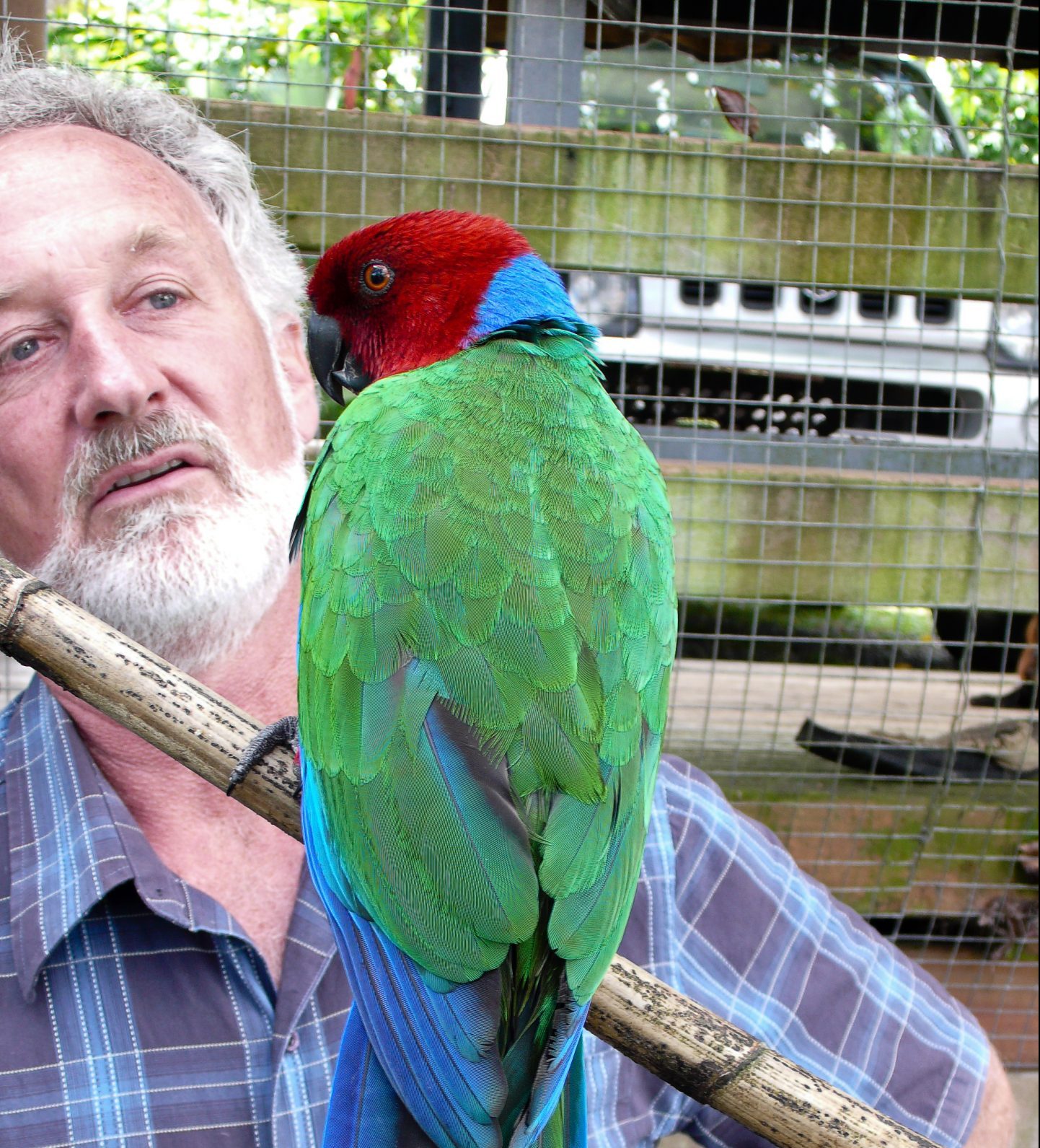Dr Dick Watling believes that for conservation programmes to be successful, they must “place resource owners and their needs and aspirations at their centre and train people to implement them.”
Dr Watling makes his home in Fiji, but his contribution to conservation goes far beyond the borders of this small, environmentally aware Pacific Island nation.
His conviction that the best results would be obtained from those on the ground and that conservation should be locally based was a point proved when he created NatureFiji-MareqetiViti
Please Subscribe to view full content...
